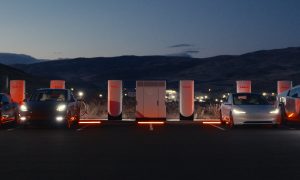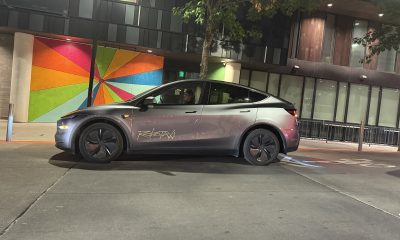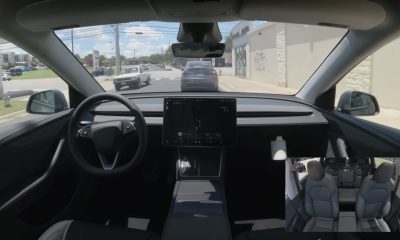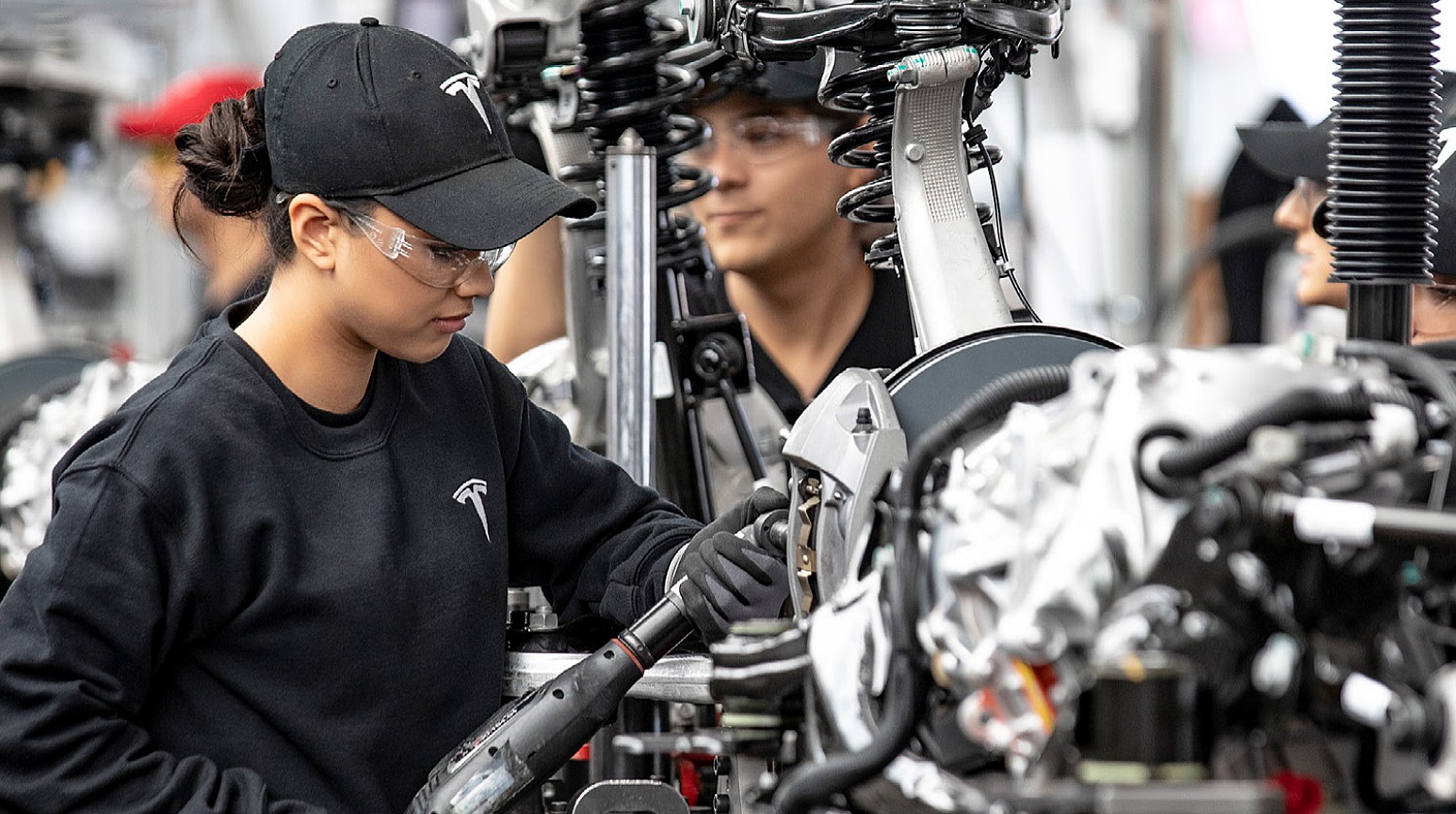

News
Tesla’s ‘challenges’ with India gov’t halt potential rescue of $27B manufacturing initiative
In 2014 when Narendra Modi officially became Prime Minister of India, his first message to people around the world was that, under his leadership, Indian manufacturing operations would become one of the world’s most robust. In September of the same year, Modi officially launched “Make In India,” a government initiative that encouraged companies from all corners of the globe to develop, produce, and assemble products in India with sizeable investments into manufacturing.
Five years after the initiative began, India’s manufacturing GDP was the lowest it had been in twenty years. It dropped 1.2% in the first five years following the launch of Make In India, although the growth rate of manufacturing globally increased 6.9% from 2014-15 to 2019-20.
Seven-and-a-half years later, Make In India is still a work in progress.
It was a disappointing start to the still active program, which has not been a complete failure. General Motors brought a $1 billion investment to a manufacturing facility in Maharashtra, the city where Tesla has been rumored to land with a potential factory of its own. Kia invested $1.1 billion in 2017 and has been producing vehicles at its factory in the Anantapur District since January 2019. Electrification, where the global automotive industry is heading, is still a weak point in India. Less than 1% of the country’s cars are electric.
Because of the extensive and massive $27 billion budget that has been set aside for these programs, India has tried to persuade companies to bring manufacturing to the country directly. With a sky-bound budget and thirst for local manufacturing, the confusion begins to set in: Why is Tesla, a company with a reputation for building the world’s best electric vehicles, that could likely build a manufacturing facility anywhere in the world, having so much trouble landing a deal in India to manufacture its vehicles?
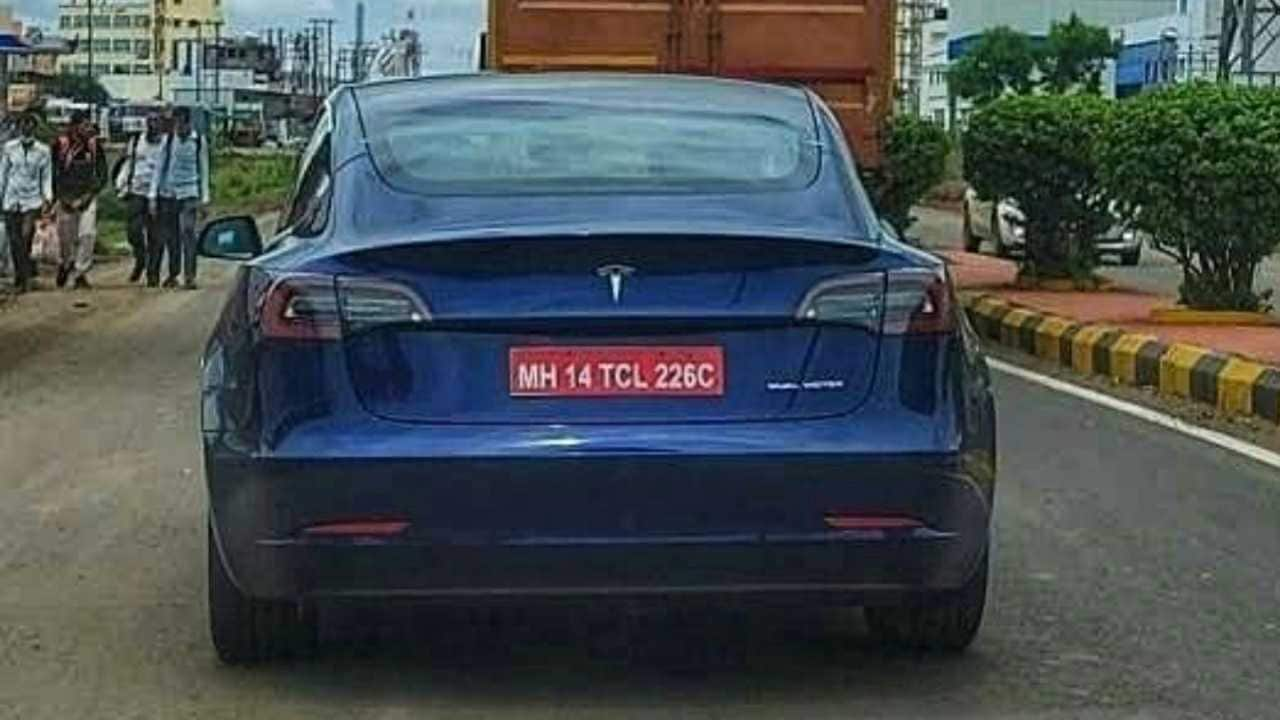
A Tesla Model 3 testing in India (Credit: pune_exotics | Instagram)
The disconnect seems to be between Tesla’s requests and India’s needs. When Elon Musk, Tesla’s CEO, tweeted last night that there were still “challenges” when working with the Indian government, which had put the plans on hold once again, it seemed that the automaker’s requests for import duty reductions went to the wayside. An issue that seems to be Tesla’s most integral wish, import duty reduction has received support from some Indian politicians, noting that demand testing, which has been one key factor in the company’s attempts to enter India, cannot happen if duties are too high. “If they have to manufacture here, they need the numbers, and no one can test the market when you impose such high import duty on the vehicles,” Union Road Transport Minister Nitin Gadkari said in August.
If import taxation was not an issue, Tesla could use data already available to them to determine whether a Gigafactory would make sense in India. Spoiler alert: Tesla would never build a factory in India based on sales figures from the past ten years as very few people can afford them when import duties are involved. Any vehicle below $40,000 is subjected to 40% tax. Any vehicle more expensive than $40,000 receives a 100% tax, effectively doubling the price of the vehicle. Currently, Tesla has no vehicles in its lineup that are under the $40,000 price threshold.
The problem is those import duties are a huge issue. India seems to be against doing it, at least for now, even though the massive $27 billion budget would not be directly affected by an import tax rollback. In fact, that budget could still factor in tax losses from duty reductions. Perhaps the reasons linked to Tesla’s delayed entrance into India could be linked to the automaker’s lack of need for other companies due to its vertical integration. While this sounds far-fetched, the President of the Automotive Component Manufacturers Association (ACMA) said that localization is always a priority, and companies entering the market need to promote local manufacturing across the board, not just with the final product.
This would include everything from complex factors like semiconductors to other elements that are as simple as car seats. Tesla makes many of its parts in-house, including some microcontrollers and its automotive seats. “Tesla is absurdly vertically integrated compared to other auto companies or basically almost any company. We have a massive amount of internal manufacturing technology that we built ourselves,” Musk said in late 2020. “This makes it quite difficult to copy Tesla, which we’re not actually all that opposed to people copying us because you can’t do catalog engineering. You can’t just [say] I’ll pick up the supplier catalog, I’ll get one of those.”
This leaves India at a crossroads because, while Tesla would be a great benefit to the economy, manufacturing efforts, and employment, the company would not have as much to offer other sectors and companies as an automaker that is less vertically integrated. Reports have indicated that Tesla was planning to source components from local suppliers, but details regarding these rumors were slim.
India Prime Minister Narendra Modi visits the Tesla Fremont Factory in 2015.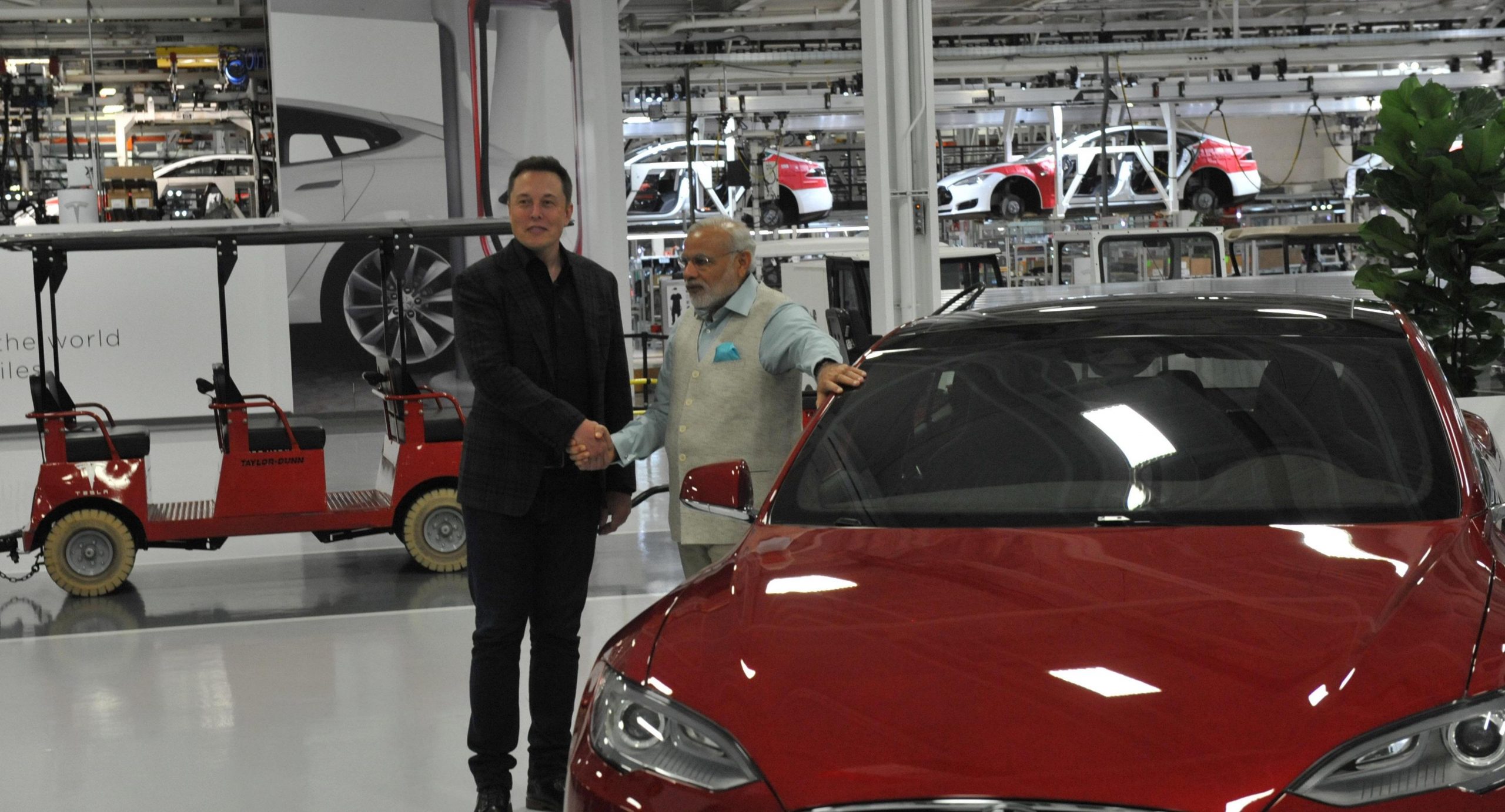
But Tesla is far from a liability for any region. After launching Gigafactory Shanghai in China in early 2020, the factory has become Tesla’s biggest producer of EVs and accounted for nearly 52% of the automaker’s total deliveries for 2021. Despite the company’s vertical integration, which has increased gross margin on some Made-in-China Tesla vehicles to nearly 40%, the company has provided China with many economic benefits. The site will soon employ 9,000 people on the Model Y line alone after a confirmed expansion found in Tesla’s Environmental Impact Assessment for 2021. Gigafactory Shanghai will have 18,000 employees by the time the line expansion is completed. Additionally, it has helped encourage the adoption of EVs in Europe through exports, making the Model 3 the best-selling EV on the continent in 2021, with over 109,670 units sold. The next closest was the Renault Zoe, with 58,242 sales.
Whether Tesla will ever enter India seems to be a question that has no definitive answer currently. However, Tesla has been teasing a potential entrance for seven years, ever since Modi visited the Fremont factory in 2015. The long saga of Tesla and India will continue for now. With Tesla’s attractive status as an EV powerhouse, other countries might come knocking on the door, stealing an opportunity to increase India’s slumping reputation as a manufacturing hub. Considering the Made In India initiative’s backtrack in manufacturing GDP, perhaps new strategies should be tested.
I’d love to hear from you! If you have any comments, concerns, or questions, please email me at joey@teslarati.com. You can also reach me on Twitter @KlenderJoey, or if you have news tips, you can email us at tips@teslarati.com.
Elon Musk
Tesla investors will be shocked by Jim Cramer’s latest assessment
Jim Cramer is now speaking positively about Tesla, especially in terms of its Robotaxi performance and its perception as a company.
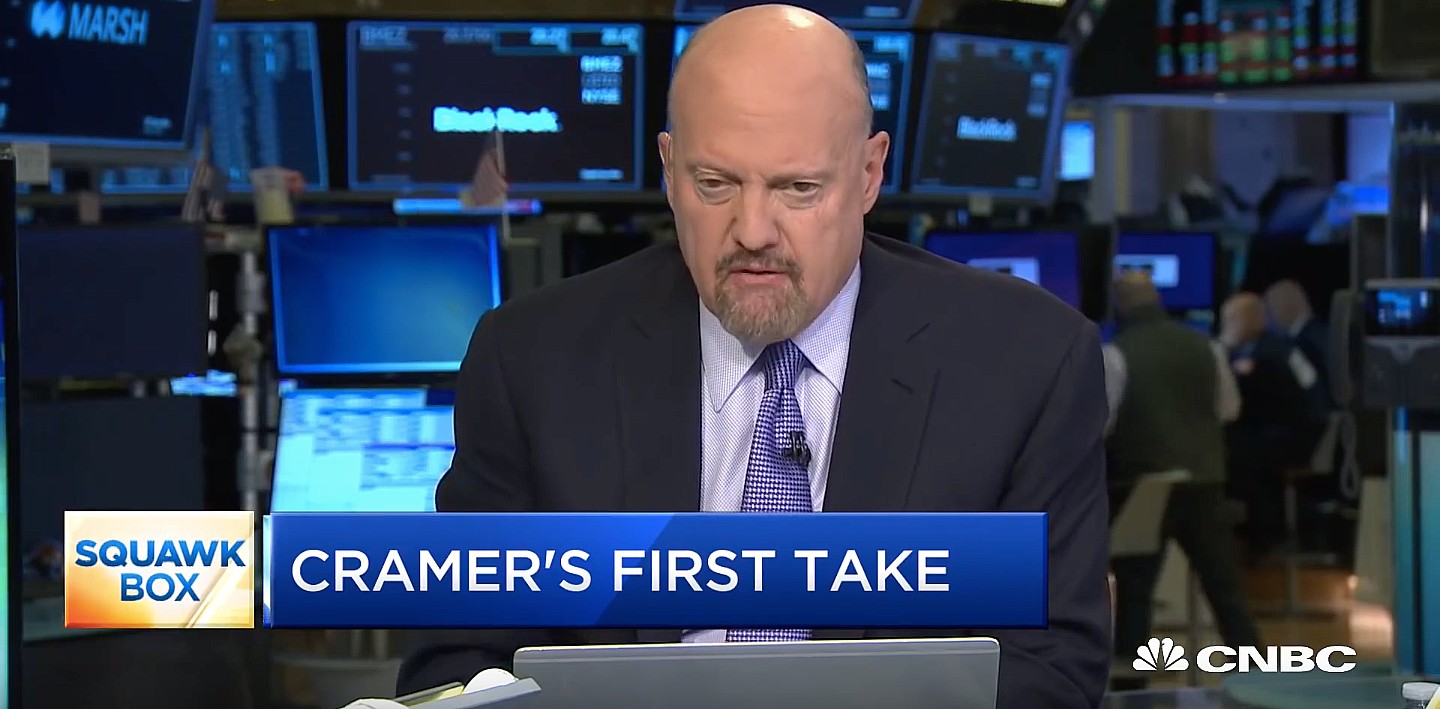
Tesla investors will be shocked by analyst Jim Cramer’s latest assessment of the company.
When it comes to Tesla analysts, many of them are consistent. The bulls usually stay the bulls, and the bears usually stay the bears. The notable analysts on each side are Dan Ives and Adam Jonas for the bulls, and Gordon Johnson for the bears.
Jim Cramer is one analyst who does not necessarily fit this mold. Cramer, who hosts CNBC’s Mad Money, has switched his opinion on Tesla stock (NASDAQ: TSLA) many times.
He has been bullish, like he was when he said the stock was a “sleeping giant” two years ago, and he has been bearish, like he was when he said there was “nothing magnificent” about the company just a few months ago.
Now, he is back to being a bull.
Cramer’s comments were related to two key points: how NVIDIA CEO Jensen Huang describes Tesla after working closely with the Company through their transactions, and how it is not a car company, as well as the recent launch of the Robotaxi fleet.
Jensen Huang’s Tesla Narrative
Cramer says that the narrative on quarterly and annual deliveries is overblown, and those who continue to worry about Tesla’s performance on that metric are misled.
“It’s not a car company,” he said.
He went on to say that people like Huang speak highly of Tesla, and that should be enough to deter any true skepticism:
“I believe what Musk says cause Musk is working with Jensen and Jensen’s telling me what’s happening on the other side is pretty amazing.”
Tesla self-driving development gets huge compliment from NVIDIA CEO
Robotaxi Launch
Many media outlets are being extremely negative regarding the early rollout of Tesla’s Robotaxi platform in Austin, Texas.
There have been a handful of small issues, but nothing significant. Cramer says that humans make mistakes in vehicles too, yet, when Tesla’s test phase of the Robotaxi does it, it’s front page news and needs to be magnified.
He said:
“Look, I mean, drivers make mistakes all the time. Why should we hold Tesla to a standard where there can be no mistakes?”
It’s refreshing to hear Cramer speak logically about the Robotaxi fleet, as Tesla has taken every measure to ensure there are no mishaps. There are safety monitors in the passenger seat, and the area of travel is limited, confined to a small number of people.
Tesla is still improving and hopes to remove teleoperators and safety monitors slowly, as CEO Elon Musk said more freedom could be granted within one or two months.
News
Tesla launches ultra-fast V4 Superchargers in China for the first time
Tesla has V4 Superchargers rolling out in China for the first time.
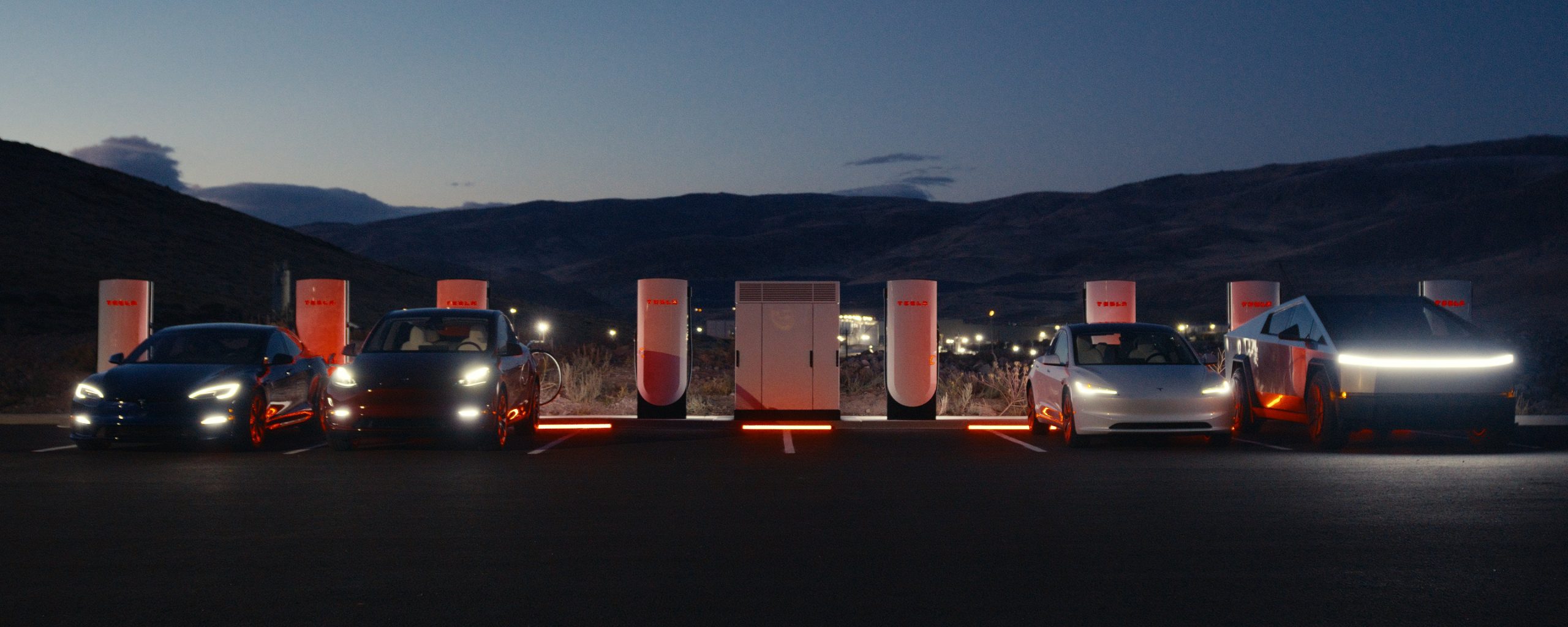
Tesla already has nearly 12,000 Supercharger piles across mainland China. However, the company just initiated the rollout of the ultra-fast V4 Superchargers in China for the first time, bringing its quick-charging piles to the country for the first time since their launch last year.
The first batch of V4 Superchargers is now officially up and running in China, the company announced in a post on Chinese social media outlet Weibo today.
The company said in the post:
“The first batch of Tesla V4 Superchargers are online. Covering more service areas, high-speed charging is more convenient, and six-layer powerful protection such as rain and waterproof makes charging very safe. Simultaneously open to non-Tesla vehicles, and other brands of vehicles can also be charged. There are more than 70,000 Tesla Superchargers worldwide. The charging network layout covers 100% of the provincial capitals and municipalities in mainland China. More V4 Superchargers will be put into use across the country. Optimize the charging experience and improve energy replenishment efficiency. Tesla will accompany you to the mountains, rivers, lakes, and seas with pure electricity!”
The first V4 Superchargers Tesla installed in China are available in four cities across the country: Shanghai, Zhejiang, Gansu, and Chongqing.
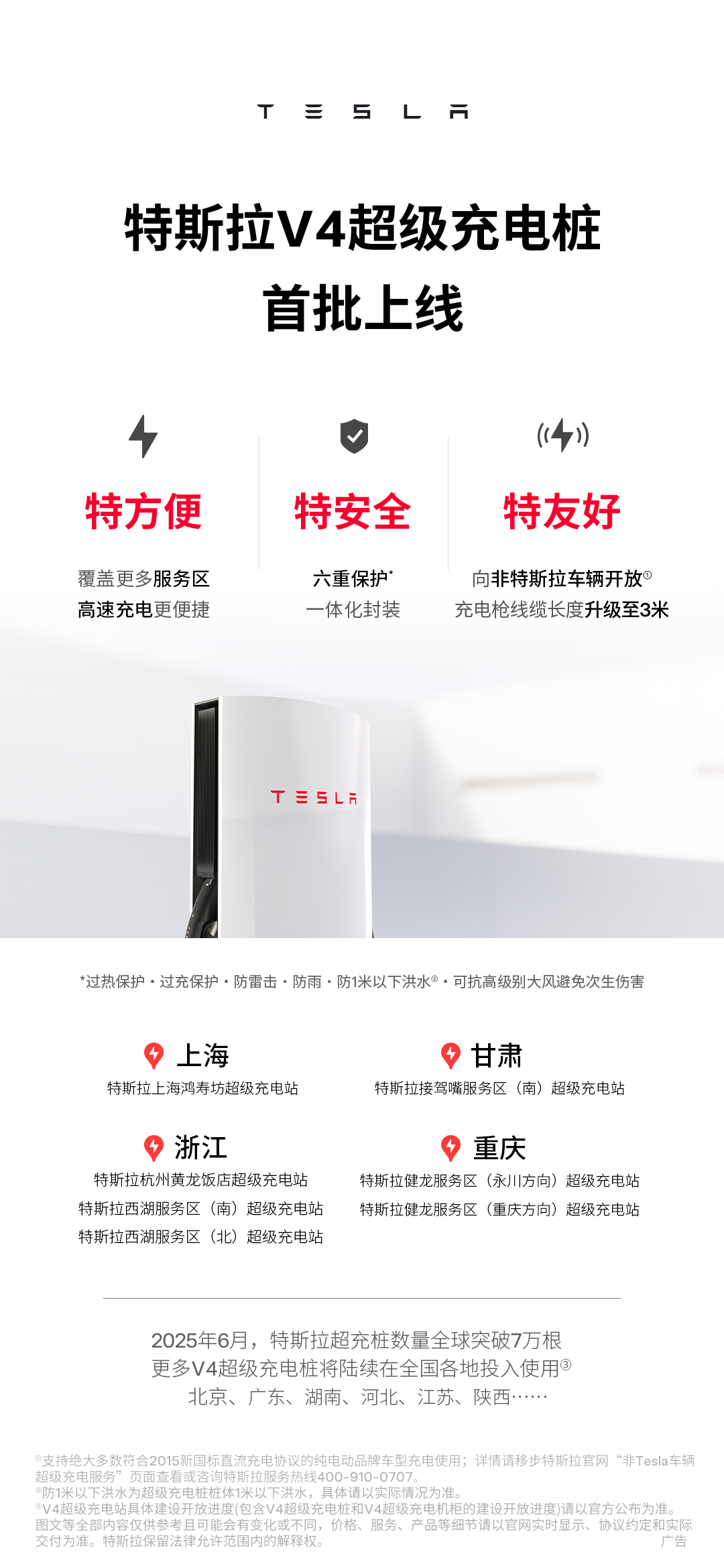
Credit: Tesla China
Tesla has over 70,000 Superchargers worldwide. It is the most expansive and robust EV charging network in the world. It’s the main reason why so many companies have chosen to adopt Tesla’s charging connector in North America and Europe.
In China, some EVs can use Tesla Superchargers as well.
The V4 Supercharger is capable of charging vehicles at speeds of up to 325kW for vehicles in North America. This equates to over 1,000 miles per hour of charging.
Elon Musk
Elon Musk hints at when Tesla could reduce Safety Monitors from Robotaxi
Tesla could be reducing Safety Monitors from Robotaxi within ‘a month or two,’ CEO Elon Musk says.
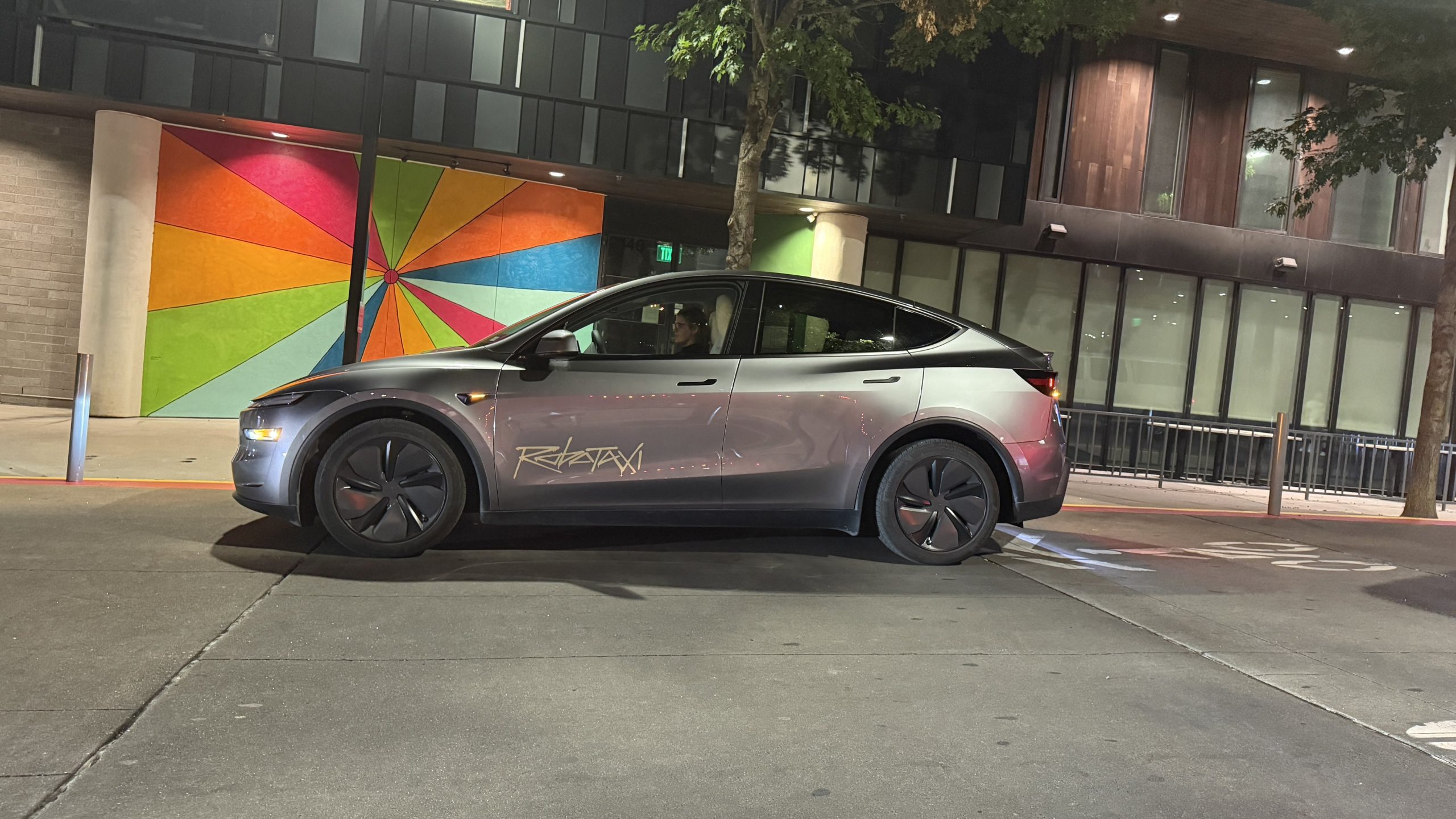
Elon Musk hinted at when Tesla could begin reducing Safety Monitors from its Robotaxis. Safety Monitors are Tesla employees who sit in the front passenger seat during the driverless rides, and are there to ensure safety for occupants during the earliest rides.
Tesla launched its Robotaxi fleet in Austin last Sunday, and after eight days, videos and reviews from those who have ridden in the driverless vehicles have shown that the suite is safe, accurate, and well coordinated. However, there have been a few hiccups, but nothing that has put anyone’s safety in danger.
A vast majority — close to all of the rides — at least according to those who have ridden in the Robotaxi, have been performed without any real need for human intervention. We reported on what was the first intervention last week, as a Safety Monitor had to step in and stop the vehicle in a strange interaction with a UPS truck.
Watch the first true Tesla Robotaxi intervention by safety monitor
The Tesla and UPS delivery truck were going for the same street parking space, and the Tesla began to turn into it. The UPS driver parallel parked into the spot, which was much smaller than his truck. It seemed to be more of an instance of human error instead of the Robotaxi making the wrong move. This is something that the driverless cars will have to deal with because humans are aggressive and sometimes make moves they should not.
The Safety Monitors have not been too active in the vehicles. After all, we’ve only seen that single instance of an intervention. There was also an issue with the sun, when the Tesla braked abnormally due to the glare, but this was an instance where the car handled the scenario and proceeded normally.
With the Robotaxi fleet operating impressively, some are wondering when Tesla will begin scaling back both the Safety Monitors and Teleoperators that it is using to ensure safety with these early rides.
CEO Elon Musk answered the inquiry by stating, “As soon as we feel it is safe to do so. Probably within a month or two.”
As soon as we feel it is safe to do so.
Probably within a month or two. We continue to improve the Tesla AI with each mile driven.
— Elon Musk (@elonmusk) June 30, 2025
Musk’s response seems to confirm that there will be fewer Teleoperators and Safety Monitors in the coming months, but there will still be some within the fleet to ensure safety. Eventually, that number will get to zero.
Reaching a point where Tesla’s Robotaxi is driverless will be another significant milestone for the company and its path to fully autonomous ride-sharing.
Eventually, Tesla will roll out these capabilities to consumer-owned vehicles, offering them a path to generate revenue as their car operates autonomously and completes rides.
For now, Tesla is focusing on perfecting the area of Austin where it is currently offering driverless rides for just $4.20 to a small group of people.
-

 News5 days ago
News5 days agoTesla Robotaxi’s biggest challenge seems to be this one thing
-

 News2 weeks ago
News2 weeks agoTesla confirms massive hardware change for autonomy improvement
-

 Elon Musk2 weeks ago
Elon Musk2 weeks agoElon Musk slams Bloomberg’s shocking xAI cash burn claims
-

 News2 weeks ago
News2 weeks agoTesla features used to flunk 16-year-old’s driver license test
-

 News2 weeks ago
News2 weeks agoTesla China roars back with highest vehicle registrations this Q2 so far
-

 News2 weeks ago
News2 weeks agoTexas lawmakers urge Tesla to delay Austin robotaxi launch to September
-

 News2 weeks ago
News2 weeks agoTesla dominates Cars.com’s Made in America Index with clean sweep
-

 News2 weeks ago
News2 weeks agoTesla’s Grok integration will be more realistic with this cool feature




